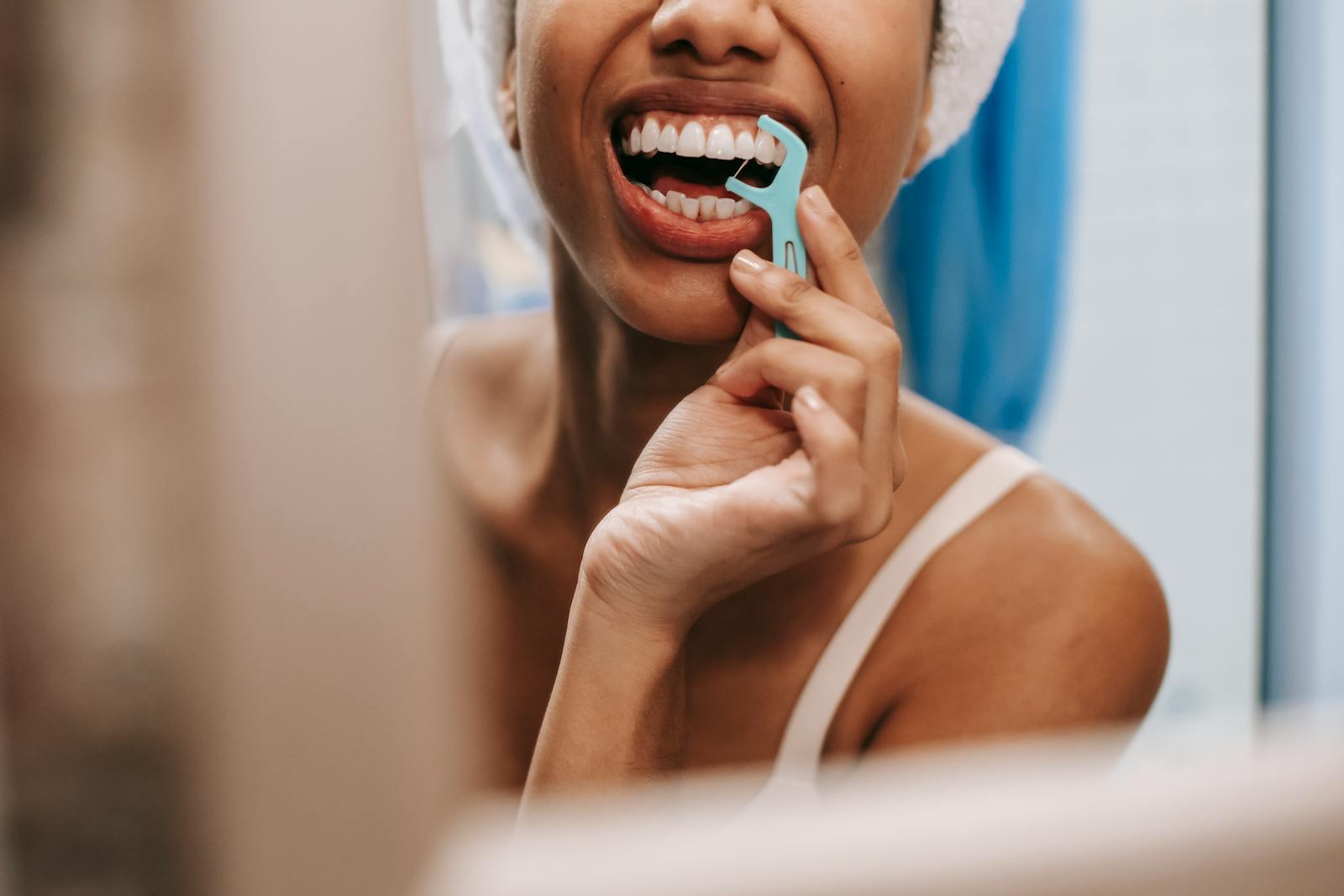5 Best Ways To Whiten Your Teeth Fast And Naturally At Home
Why do teeth appear yellow? Smoking, bruxing (grinding one's teeth), stains from foods and drinks, and aging enamel all contribute to yellow teeth.
Teeth whitening can be divided into two main categories:
Extrinsic whitening
Whitening teeth with gentle abrasives to remove stains from the teeth's outer surfaces is known as extrinsic whitening.
While it does change the color of the teeth, this only reveals the color underneath.
Intrinsic whitening
Teeth whitening that uses a tooth bleaching agent to change the color of your teeth's enamel is known as intrinsic whitening.
Thus, preventing tooth stains and yellowing is made easier with certain teeth whitening methods.
Here are the quickest at-home natural teeth whitening methods.
1. Oil pulling.
Oil pulling is a traditional Indian remedy for improving oral hygiene and eliminating toxins from the body.
To get rid of bacteria that can form plaque and give your teeth a yellow appearance, this practice involves swishing oil around in your mouth.
Coconut oil is a popular option due to its pleasant flavor and numerous health advantages.
Lauric acid, which is known to reduce inflammation and kill bacteria, is also abundant in coconut oil.
Put one tablespoon (15 milliliters) of coconut oil in your mouth and push and pull the oil through your teeth to perform the oil pull.
At room temperature, coconut oil remains solid, so you may need to wait a few seconds for it to melt.
For 15 to 20 minutes, keep pulling on the oil.
Coconut oil that has solidified in your drain pipes could cause a clog, so be sure to spit it into a trash can or toilet.
2. Use baking soda.
Baking soda is a popular ingredient in commercial toothpaste due to its natural whitening properties.
It can assist in removing surface stains from teeth because it is a mild abrasive.
Additionally, the alkaline environment that baking soda creates in your mouth prevents the growth of bacteria.
While you won't see immediate results from this treatment, you should notice a difference in how your teeth look over time.
Mix 1 teaspoon of baking soda (6 grams) with 2 teaspoons of water (5 milliliters) and brush your teeth with the paste.
This can be done a few times a week.
3. Employ hydrogen peroxide.
Because hydrogen peroxide is a natural bleach that also kills bacteria in your body, people have used it for years to disinfect wounds.
Hydrogen peroxide is present in a lot of commercial whitening products, but not in the same concentration as at home products.
While concentrations that have been heavily diluted appear to be safe, excessive use or high concentrations can cause gum irritation and tooth sensitivity.
Utilizing hydrogen peroxide as a mouthwash prior to brushing your teeth.
To avoid adverse effects, use a solution with a concentration of 1.5 percent or 3%.
Mixing hydrogen peroxide with baking soda to make toothpaste is another way to use it.
Brush your teeth gently with 2 teaspoons (10 milliliters) of hydrogen peroxide and 1 teaspoon (6 grams) of baking soda.
4. Eat vegetables and fruits.
Your teeth and body may benefit from a diet high in fruits and vegetables.
Although they are not a replacement for brushing, chewing on crunchy, raw fruits and vegetables can assist in removing plaque.
It has been suggested that eating strawberries and pineapple can help you whiten your teeth.
Using a strawberry and baking soda mixture to whiten your teeth is a natural remedy that celebrities have made popular.
Strawberry malic acid, according to proponents of this method, will lighten discoloration on your teeth, while baking soda will remove stains.
Smashed strawberries and baking soda can be used to make this remedy; brush the mixture on your teeth.
Bromelain, an enzyme found in pineapples, has been linked to claims that pineapple can help remove stains from teeth.
5. Prevent staining before it occurs.
While aging causes your teeth to naturally turn yellow, there are some things you can do to help prevent staining.
Dark berries, coffee, soda, and red wine are notorious for staining teeth.
While you shouldn't completely avoid them, you should limit the time these substances are in direct contact with your teeth.
Drink beverages that are known to stain teeth using a straw if at all possible to avoid making direct contact with your teeth.
Additionally, brush your teeth approximately 60 minutes after consuming one of these foods or drinks to minimize their impact on tooth color.
Smoking and chewing tobacco, both of which can stain teeth, should also be avoided.
The primary type of bacteria that contributes to the development of plaque and gingivitis is facilitated by a diet high in sugar.
Always brush your teeth as soon as you eat something sweet.
Take the right steps to take care of your teeth and prevent problems - click here!

Comments
Post a Comment